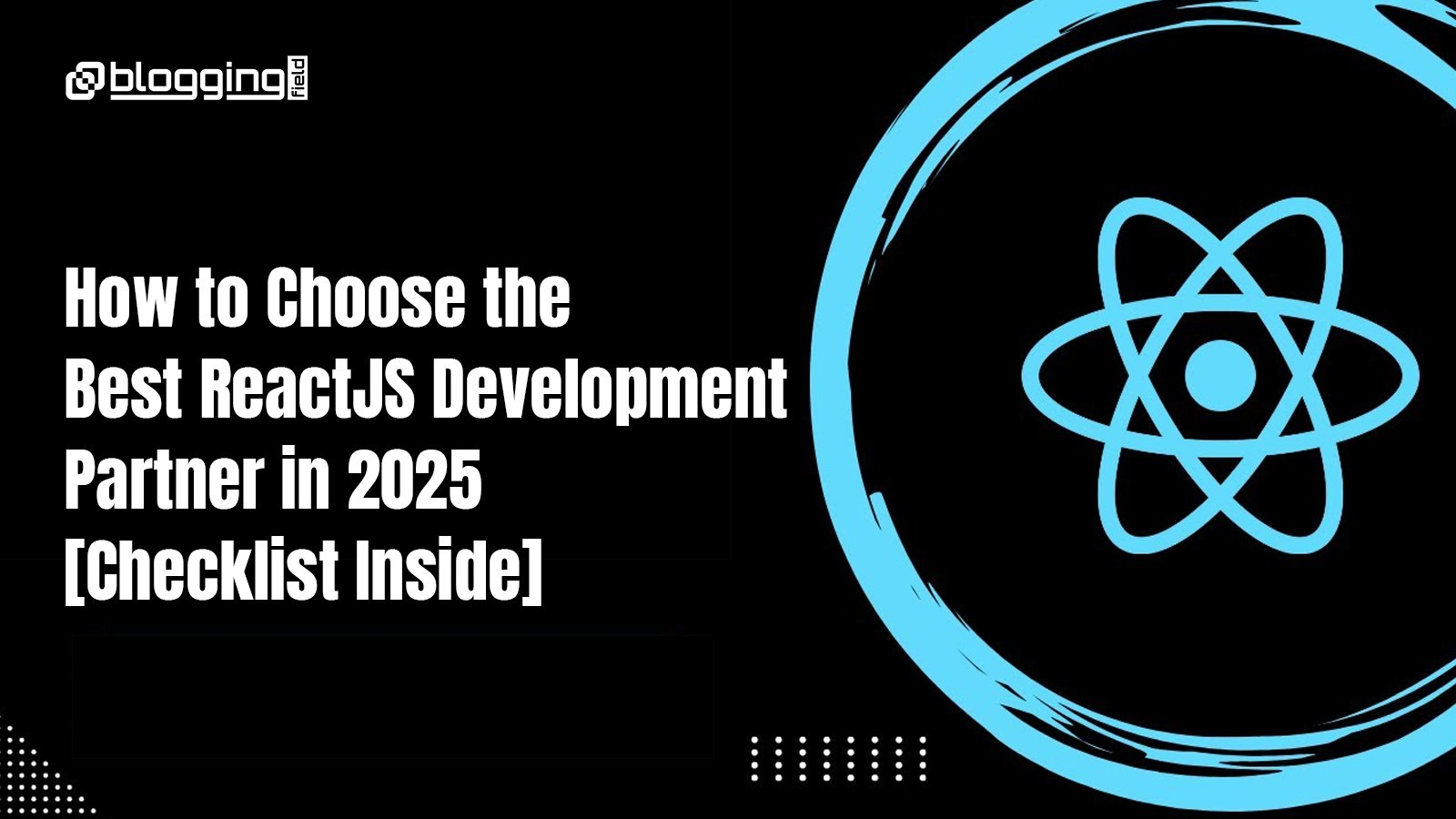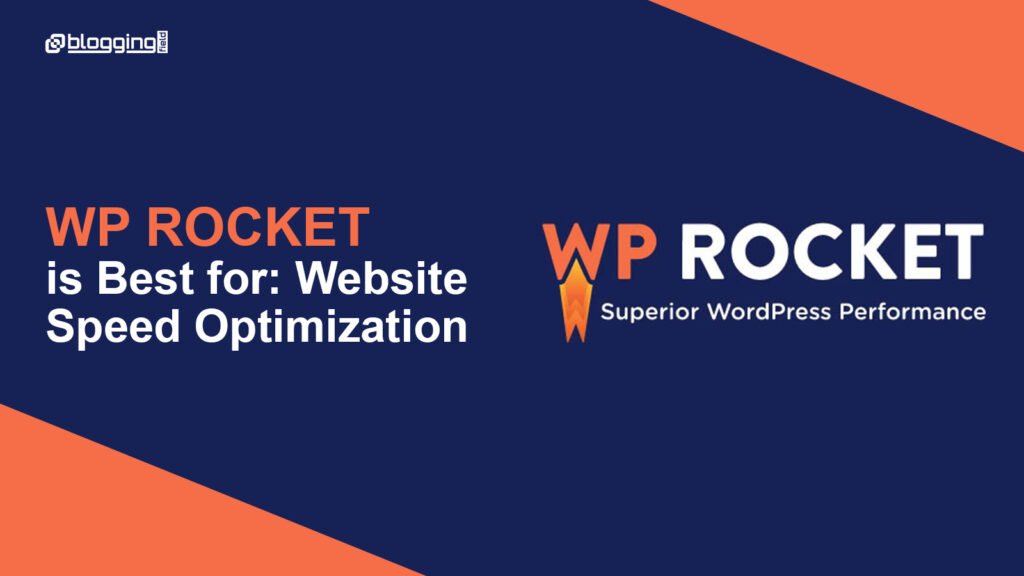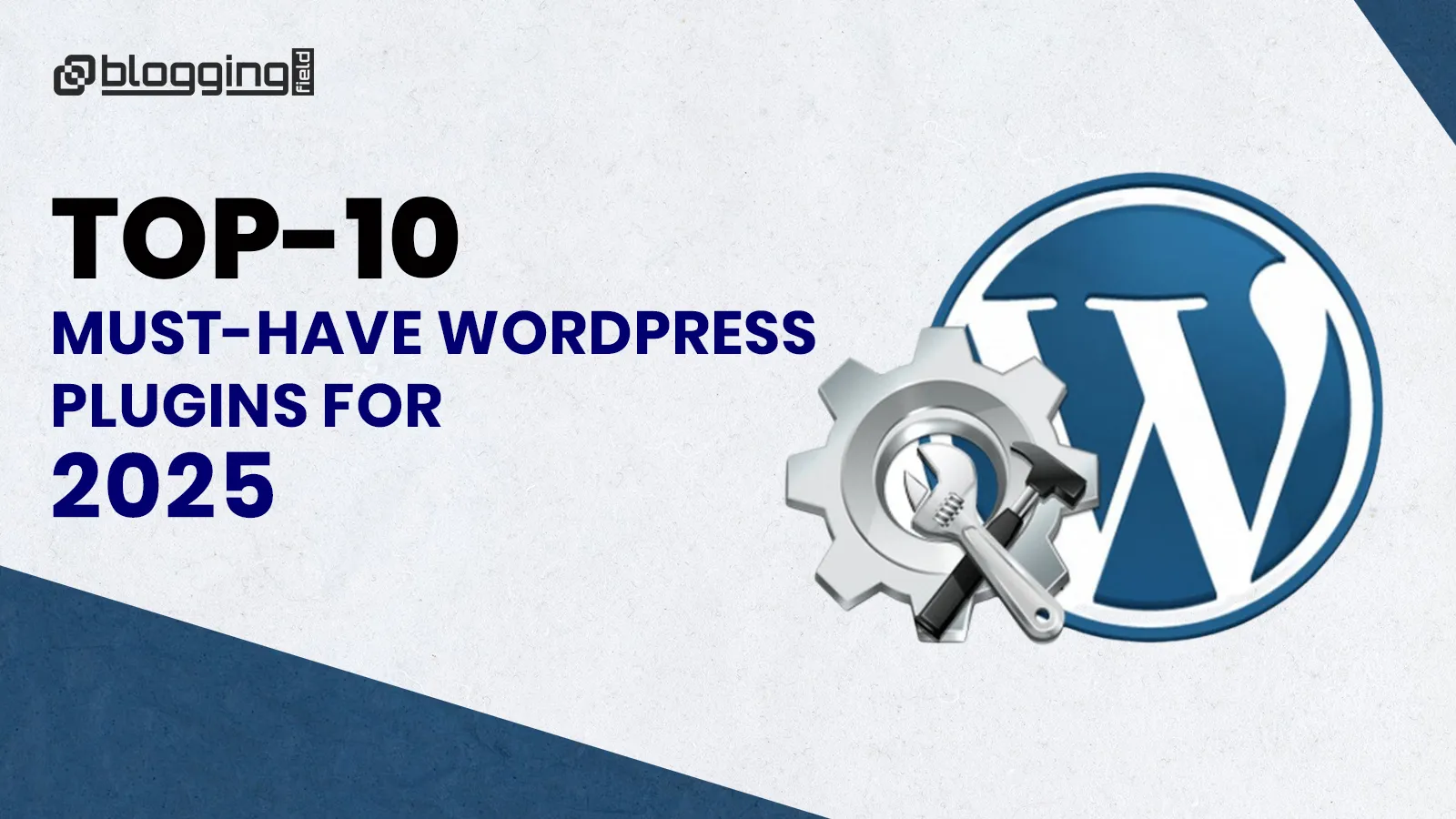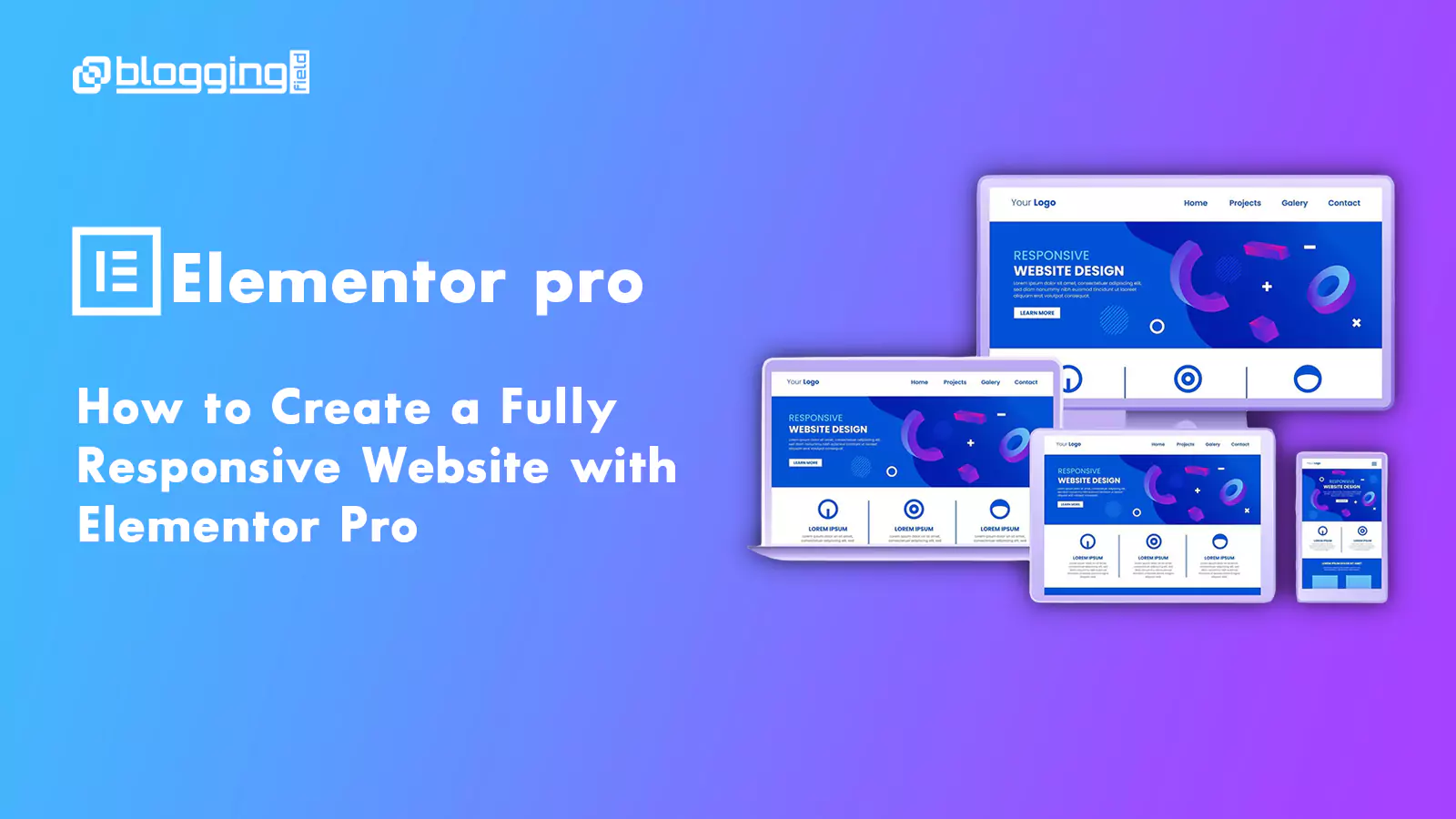Introduction
Why ReactJS is Still the Go-To Framework in 2025
Before choosing a partner, let’s understand why ReactJS remains a top choice:
Performance: React uses virtual DOM for fast rendering.
Component Reusability: Easier to scale and maintain.
Strong Community & Ecosystem: Large pool of libraries, devs, and tools.
SEO-Friendly: With SSR (Server Side Rendering) and Next.js, React apps are easily crawlable.
Used by Industry Leaders: Facebook, Netflix, Airbnb, Uber all use React.
Hence, choosing the right development team means unlocking React’s full potential for your product.
Key Factors for Choosing ReactJS Development Partners
1. Experience with ReactJS Projects
Experience speaks volumes. A reliable ReactJS partner should have a proven track record of building real-world ReactJS applications — not just templates or internal tools. Review their portfolio of live projects, especially those that align with your industry or tech goals.
Ask for:
Case studies or demo links
Projects with real users and measurable results
Their process for handling frontend performance, responsiveness, and API integration
The more relevant the experience, the faster and smoother your project will run.
2. Team Expertise and Technical Skills
ReactJS is just one part of a successful frontend ecosystem. A top-tier partner should also have strong command over tools and libraries commonly used with React, such as:
React Hooks for functional component logic
Redux or Zustand for state management
Next.js for SSR (Server Side Rendering) and routing
TypeScript for scalable, type-safe code
React Testing Library or Jest for unit testing
Tailwind CSS or Material UI for styling
Ask them how they manage architecture, versioning, testing, and deployment. A technically strong team ensures high code quality and maintainability.
3. Project Communication & Transparency
Transparent, timely communication can make or break a development project. Look for a team that follows agile methodology and keeps you in the loop throughout the process. They should have:
A dedicated project manager or technical lead
Daily or weekly stand-ups and demo calls
Regular reports through tools like Jira, Slack, Trello, or Notion
A partner who listens to your feedback and provides suggestions will help you build a better product collaboratively — not just deliver blindly.
4. Scalability and Post-Launch Support
A good ReactJS development partner doesn’t vanish after launch. As your business grows, your application will need new features, performance upgrades, and bug fixes. Ask if they offer:
Ongoing support and maintenance contracts
Flexible engagement models for scaling the team
Optimization services (e.g., bundle size reduction, lazy loading, CDN integration)
The right partner will help your application evolve smoothly, without forcing a full rebuild in the future.
5. Security Best Practices
Web security is non-negotiable in 2025. Your ReactJS partner must have a clear understanding of security risks and know how to mitigate them. Ask about their approach to:
Handling user authentication and authorization
Preventing common attacks like XSS, CSRF, and SQL Injection
Using secure third-party libraries with regular updates
Conducting code audits and using linting tools
If they can’t clearly explain their security strategy, they may not be ready for enterprise-level applications.
6. Cost and Value
While pricing is important, it should never be the only factor. The true value lies in getting the project done right the first time — with fewer bugs, faster delivery, and high maintainability.
Here’s how to judge value:
Do they offer fixed or milestone-based pricing?
How do they handle change requests or feature additions?
Do they have in-house QA and testing to reduce bugs?
A slightly higher cost upfront can often save thousands in post-launch fixes and lost user trust.
The Ultimate Checklist for Hiring a ReactJS Development Partner
Use this checklist when shortlisting candidates:
| ✅ Criteria | ✔️ Notes |
|---|---|
| Proven ReactJS portfolio | Live links + case studies |
| Strong frontend & backend team | React, Redux, Node.js, API knowledge |
| UI/UX integration capabilities | Figma to React, Tailwind, Material UI |
| Agile methodology | Sprint-based development |
| Code quality standards | ESLint, Prettier, Testing |
| Communication process | Weekly reports, calls, Slack |
| Post-launch support | Yes/No + Terms |
| Security best practices | Follows OWASP, GitHub monitoring |
| Client testimonials & ratings | Clutch, Google, LinkedIn |
| Budget and timeline clarity | Fixed or hourly, milestone-based |
Conclusion
Frequently Asked Questions (FAQs)
Is it better to hire a freelancer or an agency for ReactJS in 2025?
What questions should I ask before hiring?
What red flags should I watch out for?
No live projects or vague portfolio
Poor communication
No clear pricing structure
Overpromising timelines
Lack of QA process










